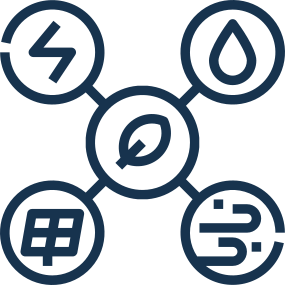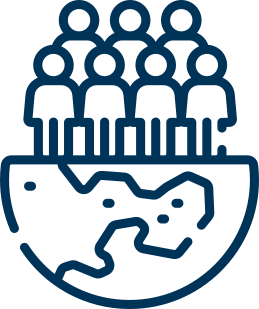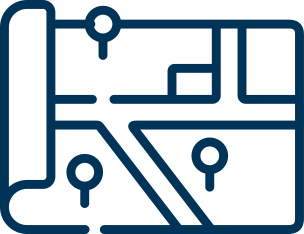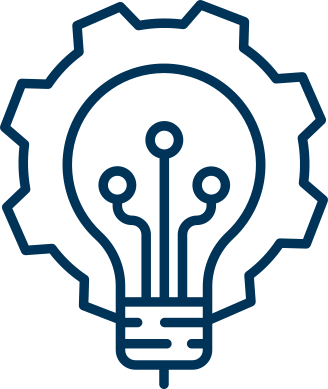Our vision
OUR VISION
ORGANIZATION AND OPERATION
TTI.5 IN SHORT
JOIN US
A systemic approach
To tackle the urgent issue of climate change and pursue the IPCC recommendation of limiting global warming to 1.5°C, our societies are making variable efforts to achieve carbon neutrality. However, numerous questions remain unanswered, and there is no place in the world where this unprecedented transition is being implemented in a truly “convincing” way.
We are convinced that it is imperative to adopt a systemic, holistic approach to develop the levers of this transition towards carbon neutrality, so that some people’s solutions don’t become other people’s problems. This calls for interdisciplinary research that interacts with all stakeholders of society, simultaneously integrating social, political, economic and technical constraints, via different temporal and spatial perspectives.
To implement such an approach we integrate a set of analytical prisms (see the 9 prisms below) into our research questions.
TTI.5 draws from the diverse disciplinary fields covered by Mines Paris – PSL research centers and, beyond that, from national and international partnerships. In guaranteeing an original, independent, and innovative scientific approach, TTI.5 intends to promote a realistic, coherent vision of the transition, adaptation, mitigation and biodiversity.









